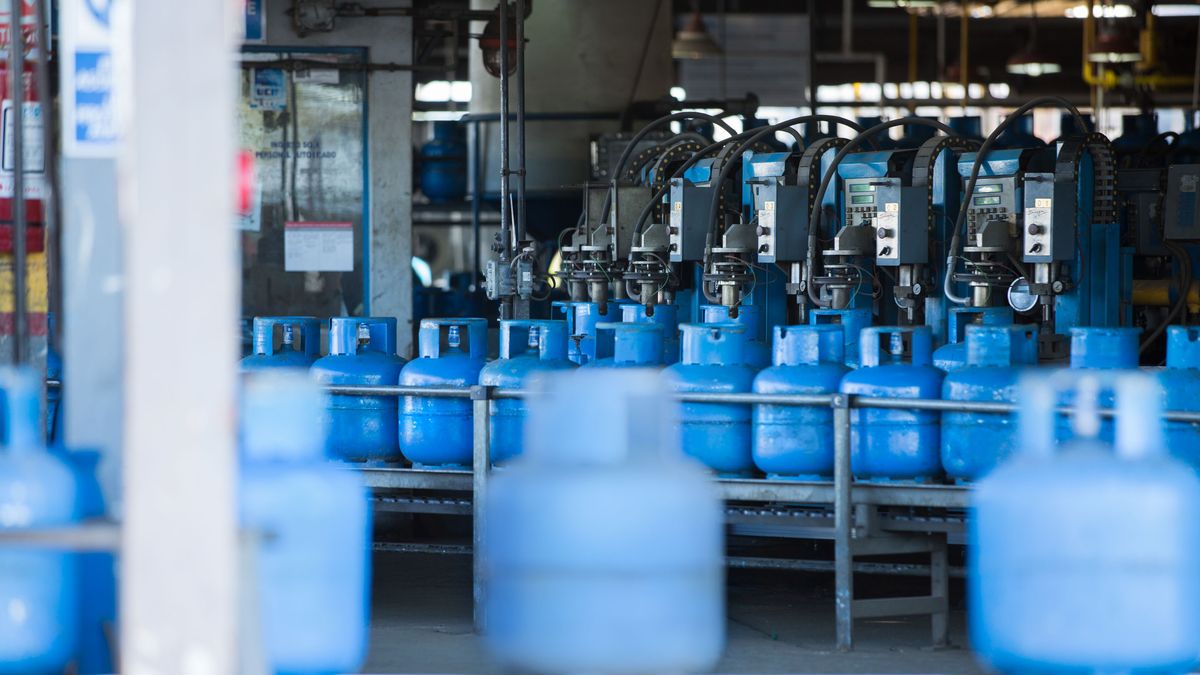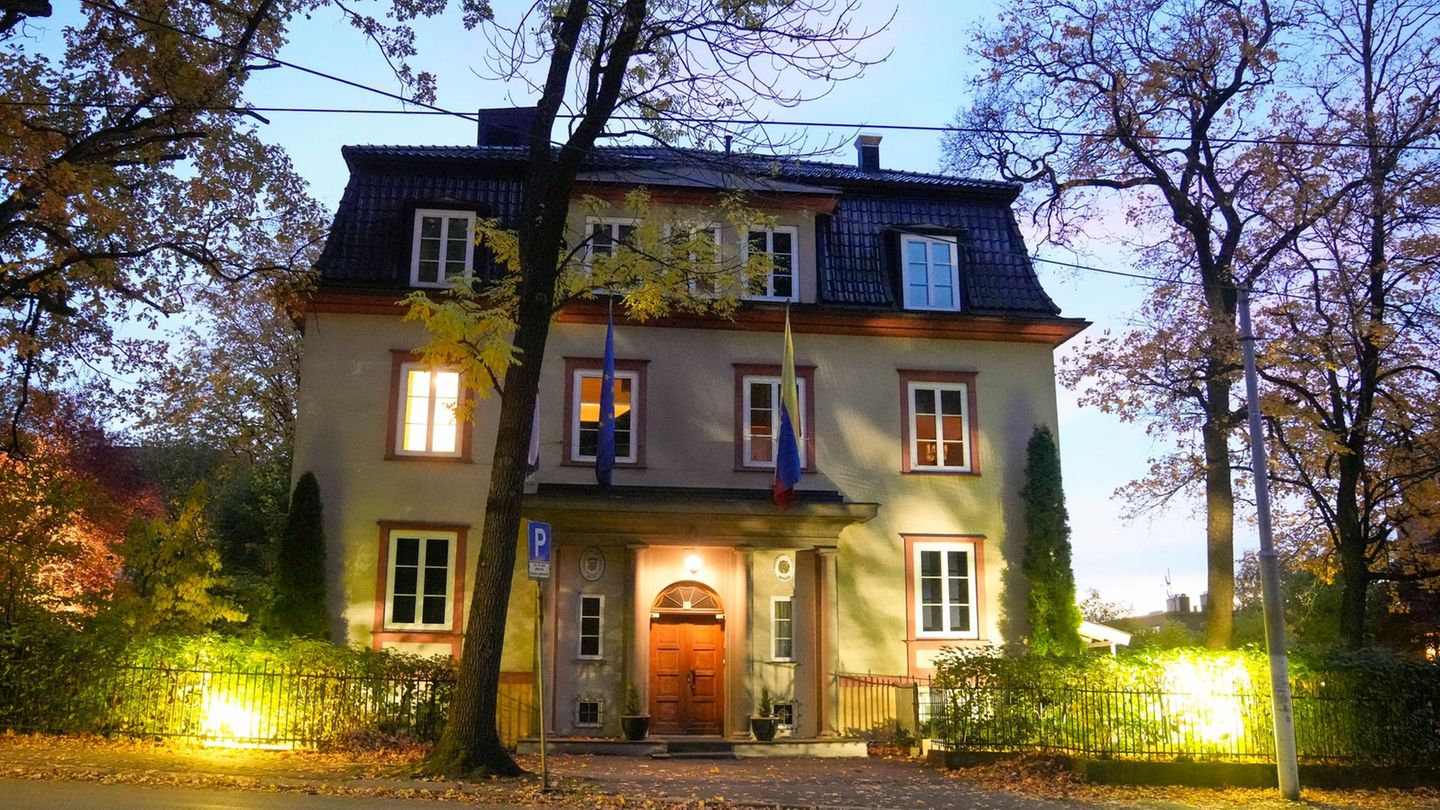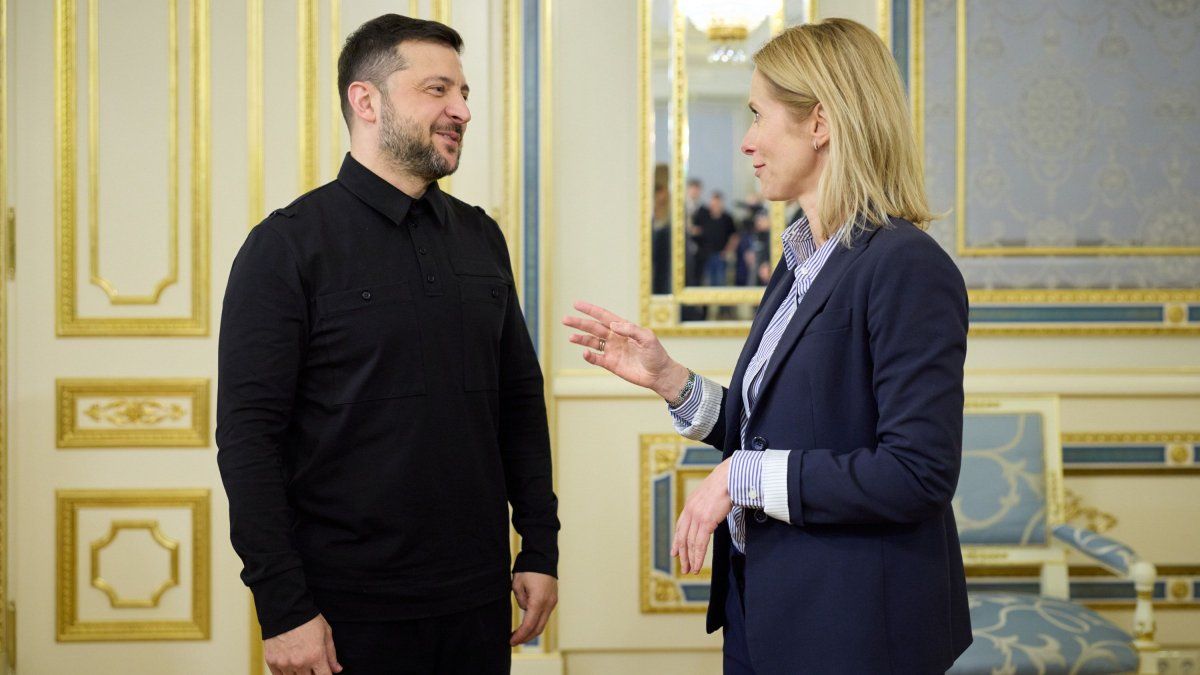Demand for Petroleum liquid gas (supergas) in Uruguay It reached its lowest level in almost a decade during 2023, with a reduction of 7% between last January and December. In parallel, its price experienced an increase of 21%, the most significant variation since 2011.
The energy in Uruguay It’s expensive, and that’s no surprise to anyone in the country. In fact, it is one of the main factors that result in the general increase in the cost of living for Uruguayans. However, 2023 had a striking and worrying element, if one considers that it involves one of the energy sources of relevance to the residential sector: the increase of supergashand in hand with a significant drop in demand.
According to the latest report of Energy Indicators of SEG Engineeringdemand for supergas fell 7% over the past year, marking the steepest drop in more than a decade and moving the level of consumption to its lowest point since 2015. However, the price had an inverse behavior: not only did it increase by 21%, the largest annual variation since 2011, but in the last three years it has accumulated an increase of 64% in its value.
Likewise, demand has also been on a three-year consecutive decline, after experiencing a peak during 2020, the first year of the Covid-19 pandemic. An event that only has a previous history between 2001 and 2004, in the midst of the economic crisis and the years of subsequent recovery.
Less and less consumption, for a higher price
Although, as with other energy sources such as electricity or gasoline, the demand for supergas tends to evolve in line with the general performance of the economy, the last few years seem to be an exception: in 2023, after three consecutive years of reduction in demand, it was 3% below that observed in 2000 —although without reach the minimum levels reached in 2004, as a result of the economic crisis.
This happened despite the fact that the economy performed well overall, and at the same time that the residential electricity consumption increased by 62% and that of the naphtha, 111%.
One point to keep in mind is that, although demand was decreasing, the opposite occurred with the price. Since 2010, and except in 2016 and 2020, the value of supergas has had annual increases. This increase is observed even in real terms, considering the adjustment for inflation, especially after 2020.
“The recent trend of increasing prices is attributed to the implementation by the National Government of a differential increase in the price of Supergas compared to other fuels. While, between March 2022 and March 2024, gasoline and diesel became more expensive by 2.6% and 1.7%, respectively, the Supergas it did so by 34%,” SEG Engineering stated in its report, by way of explanation.
The differentiation in increases for different energy sources responds to the government’s intention to reduce the gap between the Import Parity Price (PPI), that is, the international reference price used by the Executive Branch to define energy rates in the country; and the retail price. In 2021, the amount assumed by Ancap This gap was 98 million dollars, while in 2023 it fell to 51 million dollars, of which 34 million corresponded specifically to the difference with the PPI.
Source: Ambito




